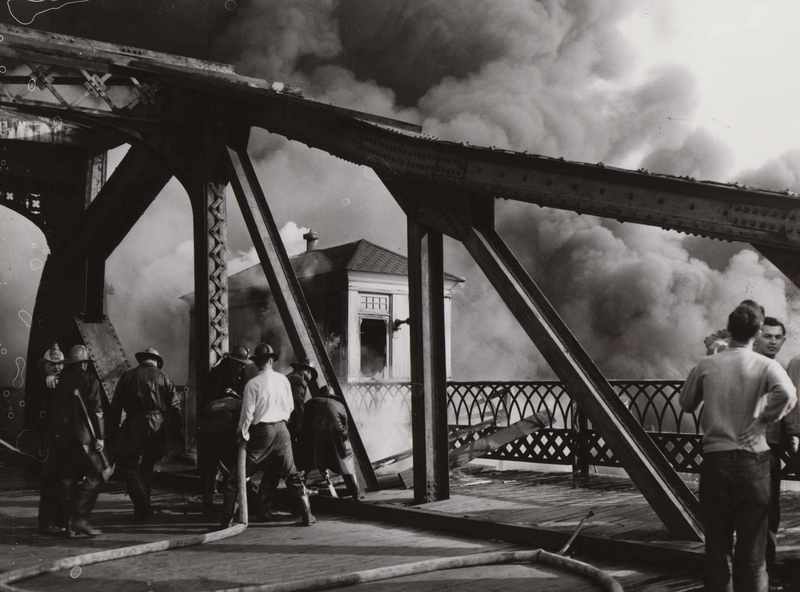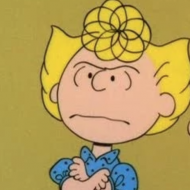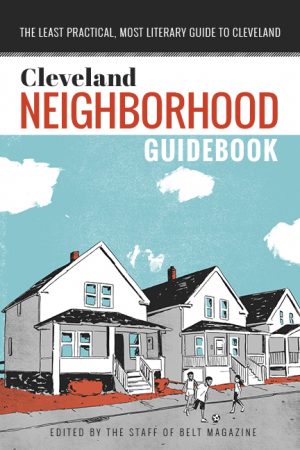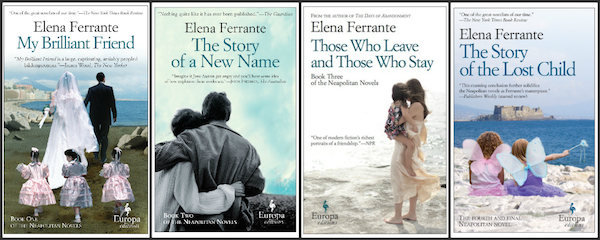In November of 2008, three days after she was diagnosed with advanced ovarian cancer, Susan Gubar underwent a debulking operation. The procedure entails the removal of part of the cancer—and often several of the organs that are in contact with it—and, as Gubar writes in her new book, “Memoir of a Debulked Woman,” it’s the standard initial response to the disease. “Have you ever heard of a debulked woman? Have you ever seen one?” she writes. “I am one such living, breathing, debulked woman, though no one ever explained to me how such a being comes about, what such a condition means, or how it would feel.”
Gubar’s memoir attempts these explanations with graphic honesty, scholarship, and an intelligent grace. After an early acceptance of her disease and its seemingly inevitable end—ovarian cancer is the most deadly of gynecological cancers—Gubar, a co-author of “The Madwoman in the Attic,” an early work of feminist literary criticism, and a professor of English and women’s studies at Indiana University, was “slowly … sucked into procedure after procedure,” undergoing not only a debulking operation but also successive rounds of chemotherapy. Gubar graciously took the time to answer questions on ovarian cancer, its treatments, and the nature of illness in women and in society; an edited version of the exchange appears at newyorker.com.
(Photograph: Donald Gray)




